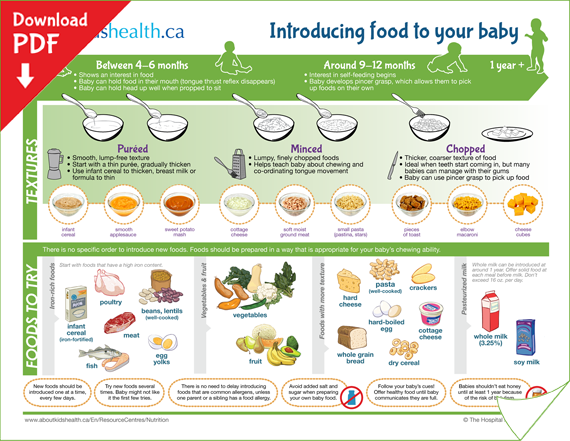Fresh squeezed baby food bags
5 more homemade baby food pouches
These homemade baby food pouches are portable, squeezable and a great way to serve healthy fruits, vegetables and grains to your baby, toddler or preschooler. Includes 5 easy recipes and tips on making the pouches.
So, I made ALL of the homemade baby food for both my kids. Never bought a single jar.
Now there’s absolutely nothing wrong with some store-bought help — and you know I don’t judge for taking shortcuts; we parents have enough on our plates — but that was kinda my thing and I’m nothing if not stubborn. And maybe a little controlling. 😂
So when they made the transition to finger foods, I didn’t want to throw out all of that baby food I worked so hard on!
I got creative by adding some leftover purees to smoothies, sauces and more. (Check out ALL my ideas for ways to use leftover baby food.)
And since they still loved the same flavors and foods, I started making homemade baby food pouches.
Their favorite baby food combinations could go right into the pouch that their precious little chubby hands could hold so that they could feed themselves. Win win!
I shared my original how-to and 5 easy recipes for homemade baby food squeeze pouches and you guys have loved them!
I’ve had tons of requests to share more combination ideas, which I had always meant to do. And I’m finally getting around to it!
Now, you can of course buy squeeze pouches in the store.
They have lots of different kinds of applesauce mixes, yogurt squeezies, and fruit and veggie combinations.
But you can make your own so quickly, easily and for much less money. Plus, you can customize them to your little one’s liking and feel good that you’re controlling the ingredients.
(Yup, I think I must be a total control freak. 🤷♀️)
Squeeze pouches are also a great way to get in some fruits, veggies and whole grains that your baby might not be as eager to pick up as whole finger foods.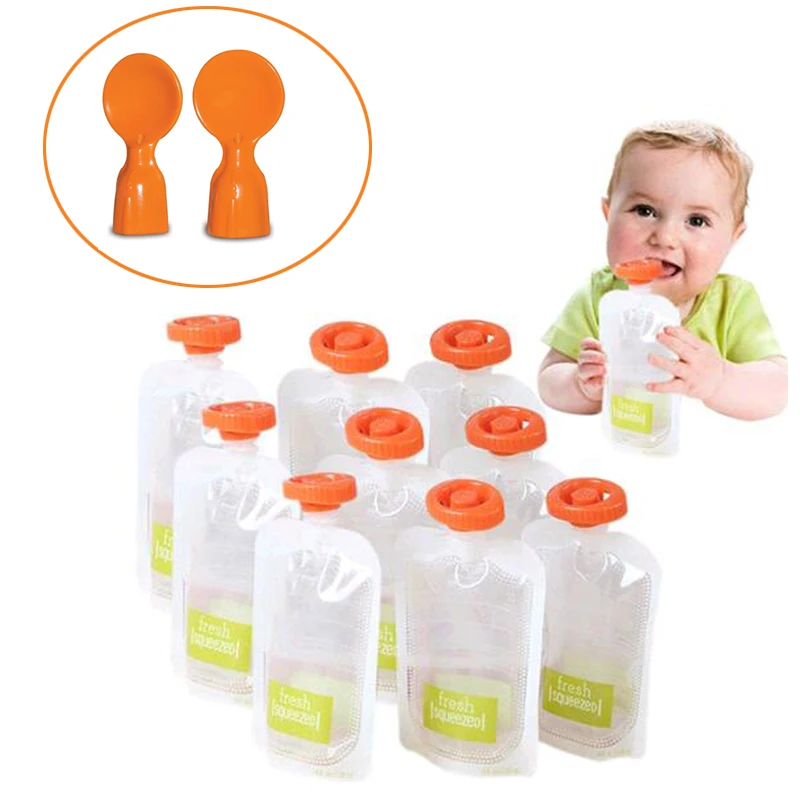
For instance, my kids would chow down on some broccoli and pears puree when being spoon fed, but they weren’t exactly eager to pick up and eat broccoli florets by themselves.
So, I kept up with some of the purees and made them into these self-serve baby food pouches!
Today’s round of recipes includes 5 more ideas for delicious, healthful and kid-friendly mixes that will ensure your baby, toddler and/or preschooler keeps getting some well-rounded nutrition.
Here’s what we’re making:
- Apple and carrot
- Broccoli and apple
- Blueberry, banana and quinoa
- Black beans, blackberries and pears
- Pumpkin, apricot and chickpeas
You can choose to try any or all of these.
They are great to have on hand in the fridge or freezer to pull out for snack time, with lunches, sending to day care or just taking with you on the go. (They travel great!)
Hopefully you’ll find some new favorites for your little one! ❤️
Now, I’ve got some notes and tips coming up below on how to make homemade baby food pouches. Just tryin’ to be helpful.
Just tryin’ to be helpful.
Especially because it can be intimidating when you first start out. After you get the hang of it, you’ll be able to whip these up in no time and I bet you’ll start making up your own combinations.
If you want to jump on down to the recipes, simply scroll right on through the rest of the text. The recipe card is near the bottom of the page, above the comments section.
How to make homemade baby food pouches:
- The Infantino Squeeze Station is a really great, easy way to make pouches at home. It’s the only specific baby food equipment I’ve bought and was definitely worth it. (Bonus: it’s usually available for less than $20. You’ll save that much in just a few batches of making these yourself!)
- You’ll also need to buy refill pouches (they come in batches of 50 and you will go through them!)
- You’ll also need an immersion/hand blender or regular blender to make the purees to put into the squeeze pouches.
- See my earlier post on how to set up and use the baby food squeezie station if you’re new to using it.

OK, now we are ready to get these knocked out!
Tips on making homemade baby food pouches:
– Adding about 1 tablespoon of fresh lemon juice to each of these puree mixes helps preserve them. If you plan to use yours within a couple of days, you can skip this.
– You can keep the peels on the pears and apples, just be sure to puree them very well so pieces don’t get stuck and prevent the mixture from going into the squeezie bags.
– The vegetables and grains need to be cooked and soft, so plan ahead. Or use leftovers. These can be a great way to use up scraps and reduce food waste.
– If any of your mixtures seem too thick (because the water content of fruits and veggies can vary), just add a bit of applesauce or a splash of water to the blender until its thin enough.
– Each pouch holds about 4 ounces. Most of these batches make about 3 squeezies worth. You can of course always double up if you want to knock out a bunch at a time. They freeze great, so you might as well!
Speaking of storage…
You can keep the baby food pouches in the refrigerator for 2-3 days or pop them straight into the freezer to have on hand for later.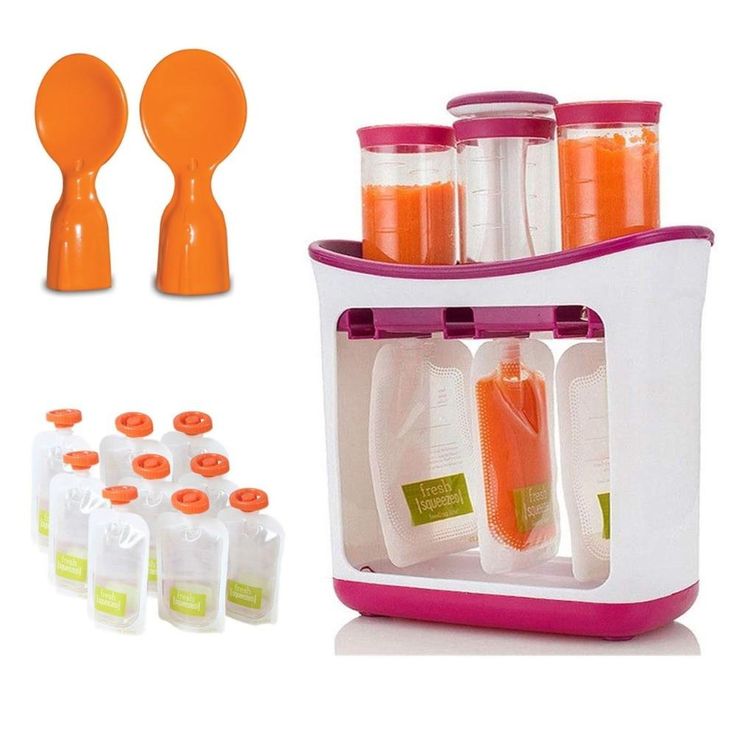
Let them thaw in the refrigerator (they’ll thaw in less than a day) and then serve.
Oh, and these should all be served cold or at room temperature; they aren’t meant to be heated.
I hope that helps answer some of your questions and inspires you to make some homemade squeeze pouches yourself!
XO,
Kathryn
P.S. Does your baby or toddler love any specific food combination, whether one of these or something else? Leave a comment below so we can all get some new ideas!
Prep Time 15 minutes
Total Time 15 minutes
Ingredients
For the apple and carrot pouches:
- 3/4 cup cooked carrots (I use frozen and follow the package instructions)
- 1 small apple, cored and roughly chopped (or about 3/4 to 1 cup unsweetened applesauce)
- juice of 1/2 lemon
For the broccoli and apple pouches:
- 1/2 cup cooked broccoli florets
- 1 small apple, cored and roughly chopped (or about 3/4 to 1 cup unsweetened applesauce)
- juice of 1/2 lemon
For the blueberry, banana and quinoa pouches:
- 1/2 cup fresh blueberries (or frozen, thawed)
- 1/2 cup cooked quinoa
- 1 small ripe banana
- juice of 1/2 lemon
For the black bean, blackberry and pears pouches:
- 1/2 cup cooked black beans (rinsed and drained if from a can)
- 1/2 cup fresh blackberries (or frozen, thawed)
- 1/2 cup fresh or canned pears
- juice of 1/2 lemon
For the pumpkin, apricot and chickpea pouches:
- 1/2 cup canned pure pumpkin puree (not pumpkin pie filling)
- 1/2 cup apricot puree
- 1/2 cup pureed chickpeas
- juice of 1/2 lemon
Instructions
- Make sure all of your grains and veggies are cooked, if indicated.

- Combine all ingredients for each pouch combination in a blender or immersion blender and blend until it’s a smooth, pourable consistency. (See notes.)
- Label your bags, set up your station and add the mixture to the squeeze station containers, filled to the indicated line. Push down with the press tool and fill each bag. Remove the bags from the station and twist on the tops.
- Store pouches in the refrigerator for 2-3 days or in the freezer for up to 3 months. To defrost, simply move the pouch to the refrigerator - it thaws in less than a day.
Notes
Adding about 1 tablespoon of fresh lemon juice to these helps preserve them. If you plan to use yours within a couple of days, you can skip this.
You can keep the peels on the pears and apples, just be sure to puree them very well so pieces don’t get stuck and prevent the mixture from going into the squeezie bags.
The vegetables and grains need to be cooked and soft, so plan ahead. Or use leftovers. These can be a great way to use up scraps and reduce food waste.
These can be a great way to use up scraps and reduce food waste.
If any of your mixtures seem too thick (because the water content of fruits and veggies can vary), just add a bit of applesauce or a splash of water to the blender until its thin enough.
Each pouch holds about 4 ounces. Most of these batches make about 3 squeezies worth. You can of course always double up if you want to knock out a bunch.
Storage tips: You can keep the baby food pouches in the refrigerator for 2-3 days or pop them straight into the freezer to have on hand later. Let them thaw in the refrigerator (they’ll thaw in less than a day) and then serve.
These should be served cold or at room temperature; they aren’t meant to be heated.
Equipment: The Infantino Squeeze Station is a really great, easy way to make pouches at home. It’s the only specific baby food equipment I’ve bought and was definitely worth it.
You’ll also need to buy refill pouches (they come in batches of 50 and you will go through them!)
You’ll also need an immersion/hand blender or regular blender to make the purees to put into the squeeze pouches.
See my post on how to set up and use the baby food squeezie station if you’re new to using it.
Nutrition Information:
Yield:
3Serving Size:
1Amount Per Serving: Calories: 50
The different combinations will yield different nutrition information.
Best Baby Food Pouches (Easy Homemade Ideas)
Learn how to make homemade Baby Food Pouches, no muss, no fuss, with these 15 easy recipe ideas. These are a great way to save money, share lots of flavors with babies and toddlers, and have convenient foods ready to go!
Baby Food Pouches
I always made my own baby food pouches because I like how affordable they are and how once you have a set of reusable pouches, there are so many options! Plus, you can feed many things you’re making for the rest of the family in a pouch, which means you can share flavors with the little ones even if they aren’t quite up to finger foods yet.
I view baby food pouches as one component of feeding a baby and like to mix purees with baby led weaning as a way to expose baby to a wide variety of flavors and textures from an early age.
I also find them very convenient for offering smoothies well into the toddler years!
Ingredients in You Need
What you need for your pouch adventure will depend on what you want to feed your baby! Basically you need something pureed (or a food like yogurt or applesauce that has a very pouch-friendly texture already) and a reusable pouch.
Step-by-Step Instructions
Here’s the general gist of how to make a baby food pouch. Scroll down to the bottom of the post for recipe ideas and best tips!
- Choose your puree and prepare it. Let it cool as needed. (Or pull out the yogurt or applesauce.)
- Fill the pouch, making sure that the cap is on if using the kind with the zipper opening on the bottom. (Otherwise it will all run right out the top!)
- Store in the fridge or serve to baby.
TIP: As a quick an easy snack option, I like to mix half yogurt and half applesauce right in the pouch.
What can I put into a baby food pouch?
You just need the food to be smooth enough that it easily passes through the opening of the pouch, so anything that’s pureed or the consistency of pureed soup or yogurt will work.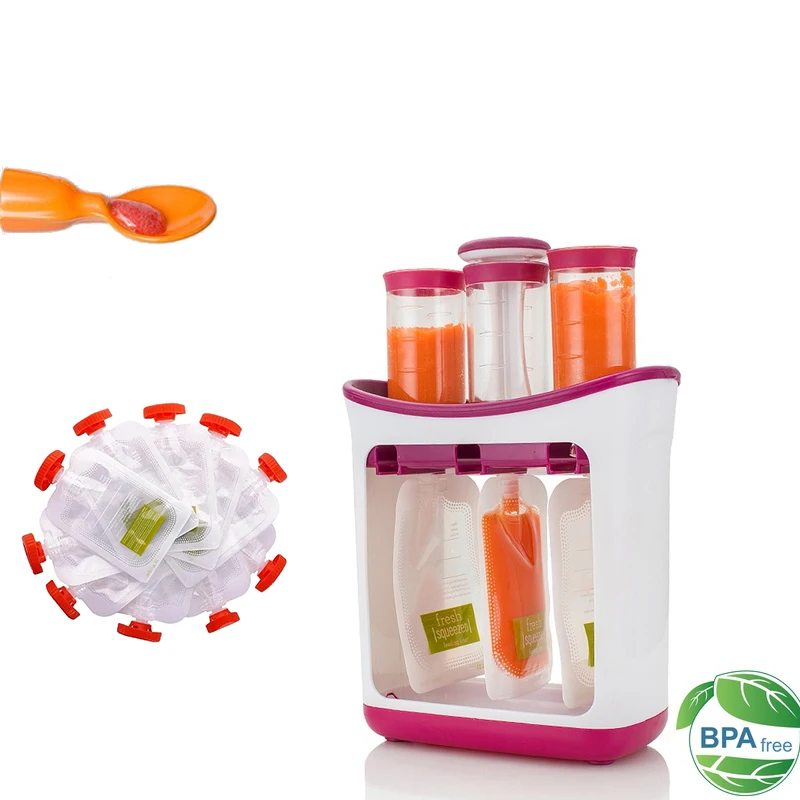 Generally speaking you can do:
Generally speaking you can do:
- Applesauce
- Fruit purees
- Vegetable purees
- Baby food combinations
- Pureed meats
- Pureed soups
- Smoothies
- Yogurt
TIP: You can also use any of my go-to Baby Food Combinations too!
Making apple yogurt in a bowlFlavor Ideas for Baby Food Pouches
These are some of my favorite recipe ideas to add to a pouch.
- Applesauce
- Apple Flax Yogurt: Equal parts Apple Puree and plain yogurt, plus a sprinkle of ground flax.
- Baby Oatmeal with Applesauce mixed in for flavor.
- Banana Yogurt
- Pear Coconut Puree: Pear Puree with full-fat coconut milk mixed in.
- Pear Yogurt: Equal parts Pear Puree and plain yogurt.
- Red Lentil Coconut Soup
- Sweet Potato Tomato Soup
- Mango Smoothie
- Mashed Butternut Squash
- Mashed Roasted Sweet Potato
- Spinach-Pea Puree (alone or with Applesauce)
- Simple Green Smoothie
- Strawberry Smoothie
- Veggie Chili, pureed smooth
TIP: For the foods, like soup, that you’d usually serve warm, you can serve them warm in a pouch too.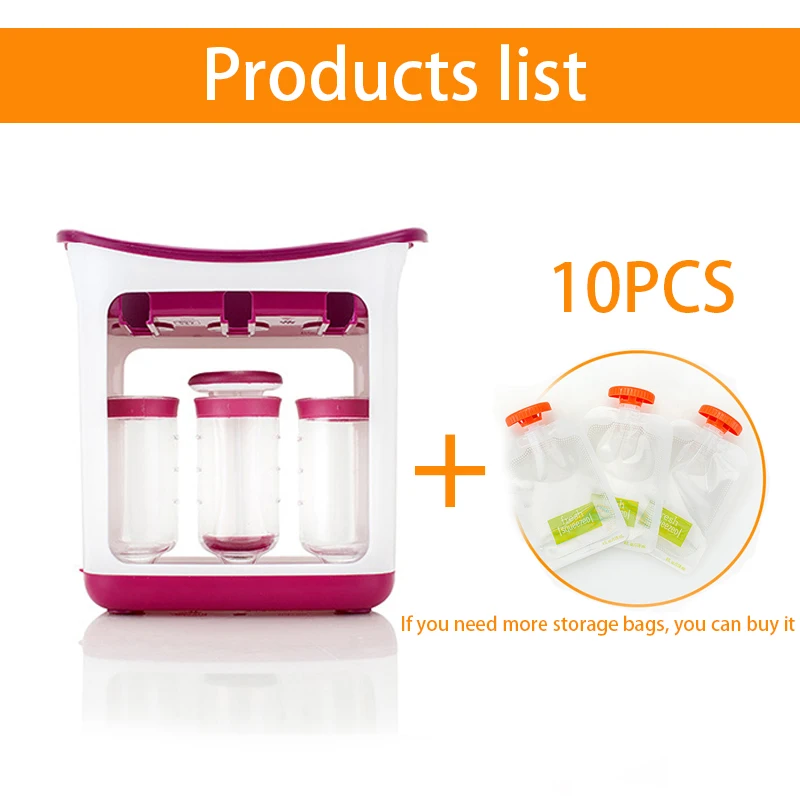 Just be sure they are warm and not hot. Test on your wrist like you would a baby bottle.
Just be sure they are warm and not hot. Test on your wrist like you would a baby bottle.
How long can I store baby food pouches?
I recommend making them 24 hours ahead or less so they are as fresh as possible. But you can make batches of purees and stash them in the freezer, so the pouch assembly part is quick and easy.
Do I need a baby food pouch maker?
Honestly? No. I tried one and didn’t like it because it took up space in my cabinets and the pouches themselves weren’t reusable, which seemed like a waste and a lot of money. Using reusable pouches is easy and more affordable.
What are the best reusable pouches?
I prefer the silicone Squeasy Gear pouch, which comes in a few sizes (I start with the 3.5 ounce size for babies). It’s easy to learn from as early as 6 or 7 months and the kids can use them for smoothies and applesauce well through toddlerhood as they are very durable. You may want to remove the lid when serving to kids so they don’t play with it.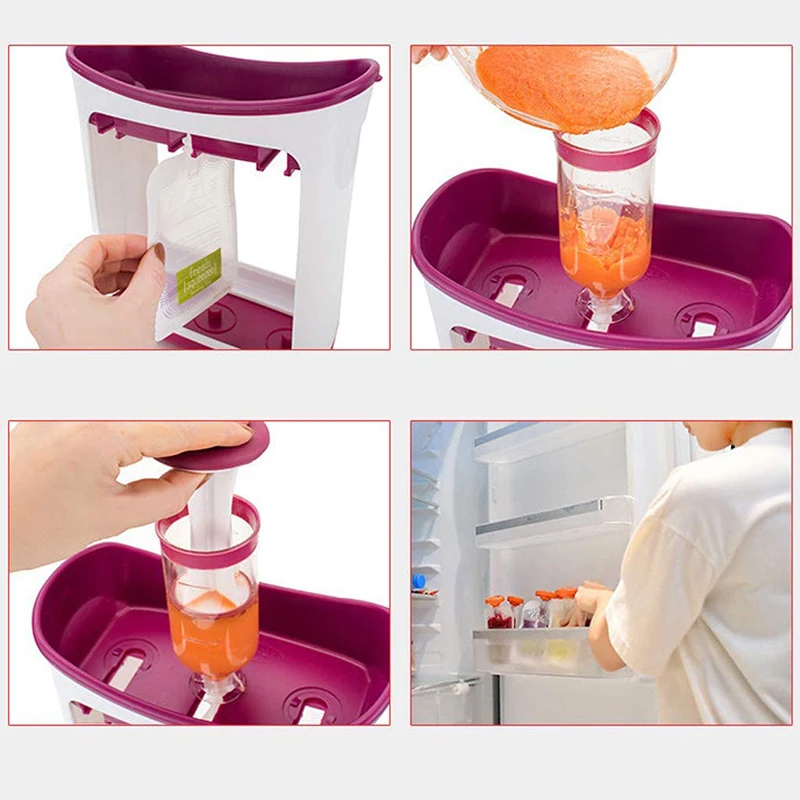
I also like this set of 3.4 ounce Weesprouts reusable pouches a lot, which are a nice size for babies (there is a larger size too!) and they are easy to clean and use.
Favorite Store-bought Baby Food
There are so many great store bought options! I like the Amara Organic Baby Food (paid affiliate link), which locks in the nutrients, texture, and taste of fresh foods. You just add breastmilk, formula, or water— and the flavors are delicious with straight forward ingredients.
I also like Happy Family Organics Clearly Crafted and Plum Organics. Those are just a few options—there is a lot to choose from as you well know from the baby food aisle!
TIP: I recommend serving pouches occasionally along with regular solids from a spoon and baby led weaning style so baby has a chance to learn how to suck, swallow, move all sorts of textures around in their mouths, and gain the skills needed to be ready for finger foods around 9 months.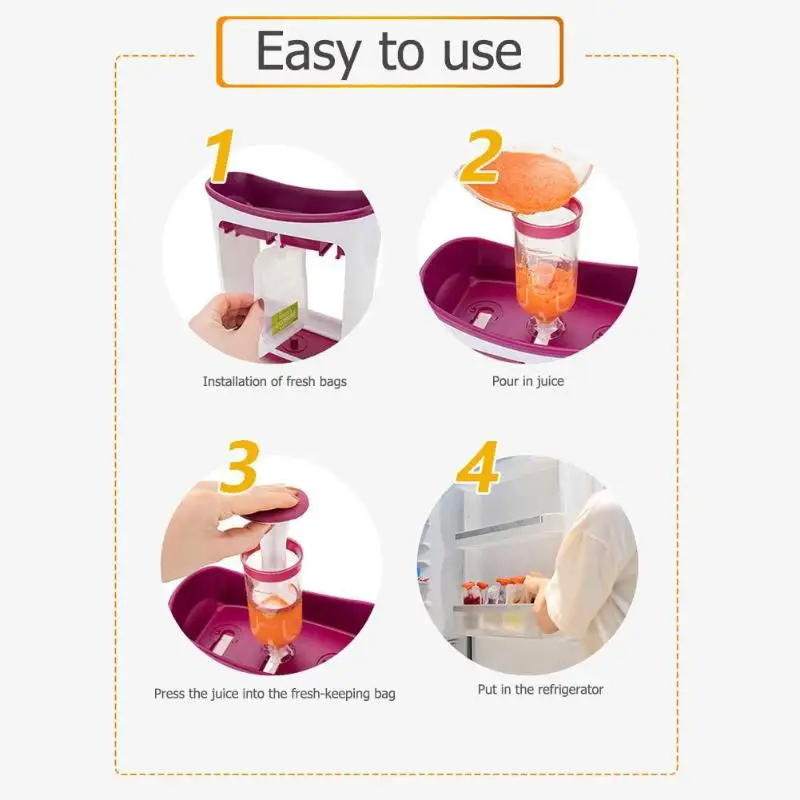
How to Store
Store pre-made pouches in the fridge for up to 5 days. Store leftover pouches in the fridge for up to 24 hours and serve again. You can also freeze pouches for up to 6 months. Thaw in the fridge overnight or at room temperature.
Best Tips for Success
- If using a pouch with a zipper bottom, like this one from Wee Sprout, avoid overfilling to prevent difficulty sealing the pouch.
- Be sure the mixture is totally smooth to avoid it becoming stuck in the opening of the pouch.
- Add ½ teaspoon hemp seeds to any mixture for extra healthy fats.
- Add 2 tablespoons full fat coconut cream or plain yogurt to the mashed sweet potato or squash for healthy fats.
- Try any other Baby Food Combination or my No-Cook Baby Foods in a pouch.
- Serve foods you’d usually serve warm (like soups) just warm, not hot. Test on your wrist to be sure the temperature is not hot.
- Omit any added salt or sweeteners as needed.
- Combine pouches with baby led weaning foods for a wide range of texture exposure.
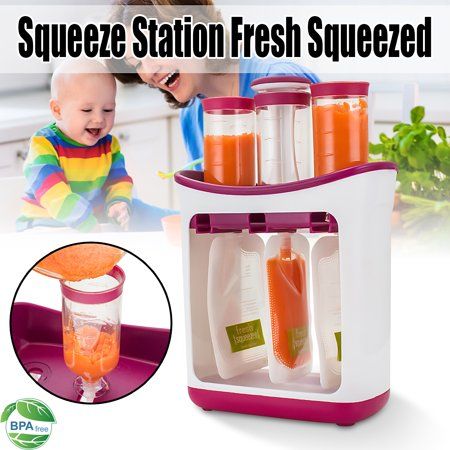
Related Recipes
I’d love to hear your feedback if you try these ideas out, so please comment below to share—I love hearing from you guys!
Prep Time 5 minutes
Cook Time 10 minutes
Total Time 15 minutes
Author Amy Palanjian
Cuisine American
Course Baby Food
Calories 46kcal
Servings 1
- ▢ 1½ ounces Apple Puree
- ▢ 1½ ounces plain whole milk yogurt (regular or Greek)
- ▢ ½ ground flaxseeds (or hemp seeds)
Add the ingredients to a small bowl. Stir to combine well.
Add to the pouch, avoiding overfilling. If using a zip bottom style of pouch, be sure the cap is on to prevent the puree from coming out.
Serve or store for up to 5 days. (If storing leftovers in a pouch, store in the fridge and serve within 24 hours.)
- If using a pouch with a zipper bottom, like this one from Wee Sprout, avoid overfilling to prevent difficulty sealing the pouch.
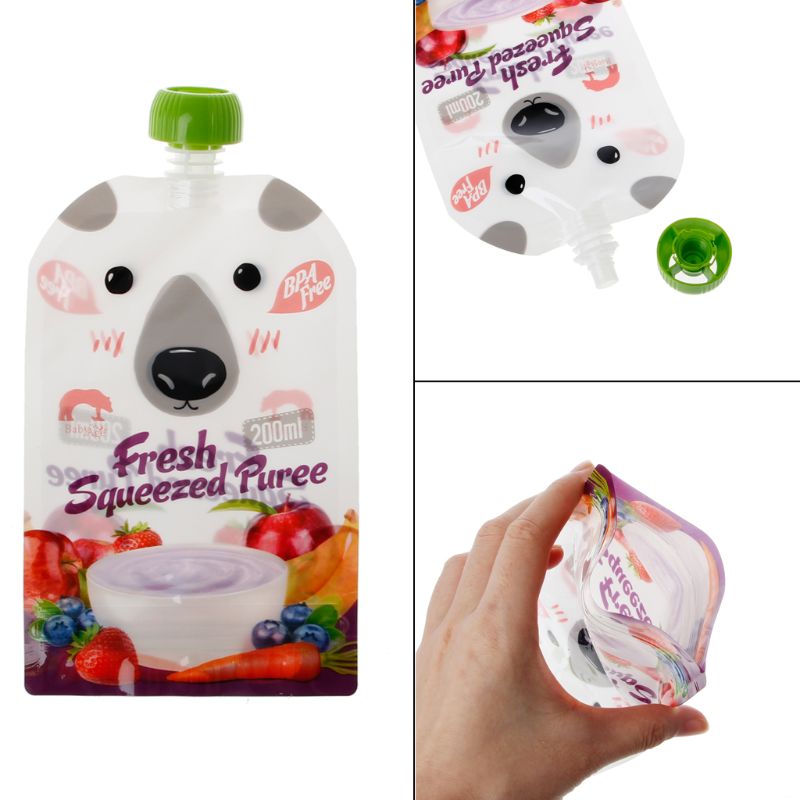
- Pouch flavor ideas:
- Be sure the mixture is totally smooth to avoid it becoming stuck in the opening of the pouch.
- Add ½ teaspoon hemp seeds or 2 tablespoons full fat coconut cream or plain yogurt to any mixture for extra healthy fats.
- Try any other Baby Food Combination or my No-Cook Baby Foods in a pouch.
- Serve foods you’d usually serve warm (like soups) just warm, not hot. Test on your wrist to be sure the temperature is not hot.
- Omit any added salt or sweeteners as needed.
- Combine pouches with baby led weaning foods for a wide range of texture exposure.
- Store leftover pouches in the fridge for up to 24 hours and serve again.
Calories: 46kcal, Carbohydrates: 7g, Protein: 2g, Fat: 2g, Saturated Fat: 1g, Polyunsaturated Fat: 0.2g, Monounsaturated Fat: 0.4g, Cholesterol: 6mg, Sodium: 21mg, Potassium: 101mg, Fiber: 1g, Sugar: 6g, Vitamin A: 54IU, Vitamin C: 1mg, Calcium: 54mg, Iron: 0.2mg
Tried this recipe?Rate in the comments and tag @yummytoddlerfood on IG!
Apple juice: what's inside the package?
/ All materials
Test results
Marketing moves
Any juice - 100%.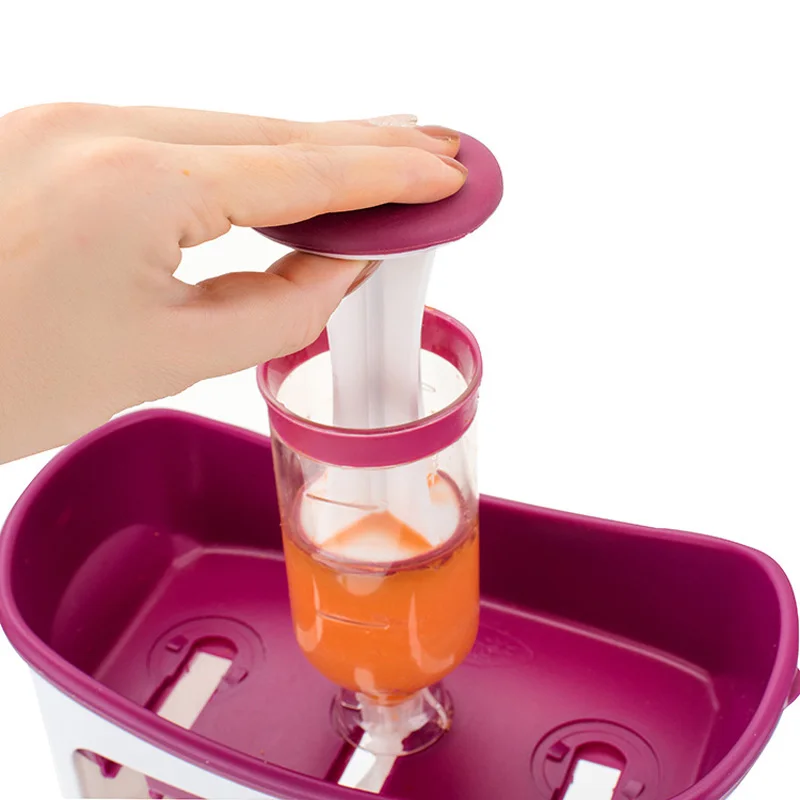 If water and / or sugar, an acidity regulator, is added there, then this will already be nectar or a drink.
If water and / or sugar, an acidity regulator, is added there, then this will already be nectar or a drink.
Taste and color
Organoleptic characteristics of all juices are excellent, they meet the requirements of GOST for reconstituted fruit juices. At the same time, Santal, J7, "I" are made according to TU. U juices "Viko" , "Dobry" there is no information on which document they were made. Recall that the indication of technical specifications in the marking is voluntary. None of the manufacturers declared compliance with GOST in the marking.
Externally, each sample appears as a homogeneous, transparent yellow liquid. The taste and aroma of the liquid are natural, well-defined, characteristic of heat-treated apples. Extraneous taste and smell were not detected in any of the samples.
Recoverable
How much sugar is in apple juice
All juices, as labeled, have no added sugar. But, nevertheless, the samples were tested for sucrose content.
But, nevertheless, the samples were tested for sucrose content.
Its content is not standardized by GOST. And to determine whether sugar is added to the juice is usually impossible, since sucrose is found in natural raw materials.
But if there was too much sucrose in any of the samples, it would suggest that regular sugar was mixed into the reconstituted apple juice. However, the results are such that the content of sucrose in individual samples can be associated both with the characteristics of the feedstock, and due to the added sugar.
The sweetest of the tested samples were juices Santal and Dobry . Least sugar in juice J7 .
What are the benefits and harms of juices?
Andrey Mosov, head of the expert department of NP Roskontrol, doctor:
Doctors recommend including a certain amount of fruits and vegetables in the diet every day.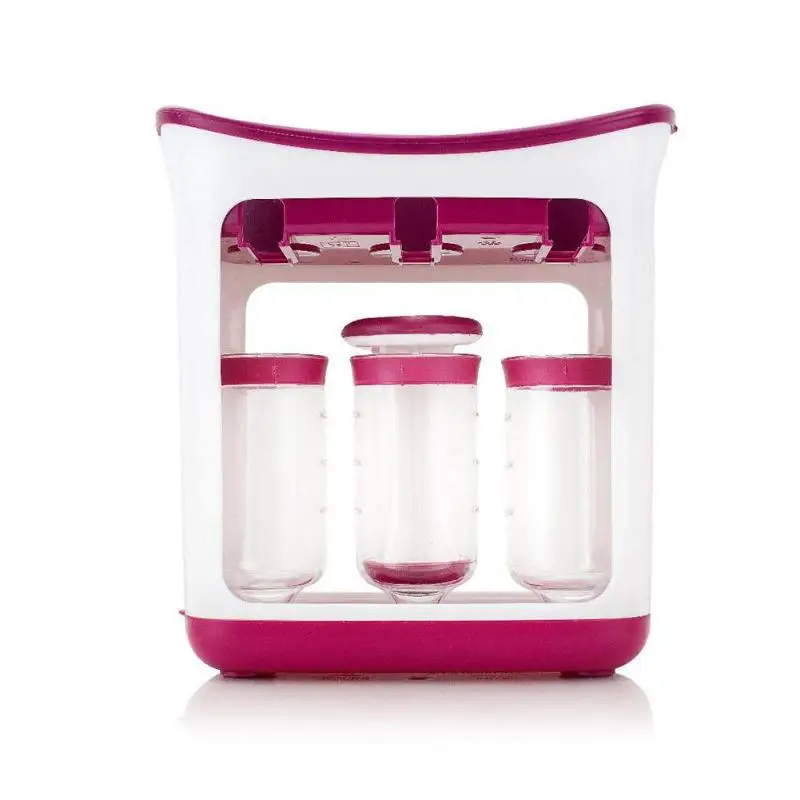 But we are talking about vegetables and fruits in their natural form - they are the source of the necessary dietary fiber (at least 20 g per day is recommended for an adult).
But we are talking about vegetables and fruits in their natural form - they are the source of the necessary dietary fiber (at least 20 g per day is recommended for an adult).
There is practically no dietary fiber in juices. If we talk about reconstituted juices, which today are mainly present on store shelves, their content of various biologically active nutrients, including vitamins, is even lower than in straight-pressed and freshly squeezed juices.
Many nutritionists have long discouraged the use of fruit juice in the diet of young children.
Try to limit juice intake to older children as well. For adults - healthy and, moreover, overweight people - I would also not recommend getting carried away with juices.
Are industrial fruit juices as harmful to health as sugary soda?
Toxic components
Experts checked juices not only for sugar levels, but also for the presence of 5-hydroxymethylfurfural in the composition. This carcinogen is formed when sugar is heated in an acidic environment. Therefore, it is found in honey, jam, compote and ... restored juices. The technical regulation allows the concentration of this toxic substance in juices for baby food at a level not exceeding 20 mg/kg. And again, all samples passed the test without any complaints. The mass concentration of 5-hydroxymethylfurfural is only Santal - 2.7 mg/kg. The highest content of 5-hydroxymethylfurfural among the tested samples in J7 is 12.7 mg/kg (at the level of 60% of the MRL). As part of product safety studies, the mass fraction of patulin mycotoxin, which is formed during spoilage of apples, was also detected in the samples. It was not found in any of the samples.
This carcinogen is formed when sugar is heated in an acidic environment. Therefore, it is found in honey, jam, compote and ... restored juices. The technical regulation allows the concentration of this toxic substance in juices for baby food at a level not exceeding 20 mg/kg. And again, all samples passed the test without any complaints. The mass concentration of 5-hydroxymethylfurfural is only Santal - 2.7 mg/kg. The highest content of 5-hydroxymethylfurfural among the tested samples in J7 is 12.7 mg/kg (at the level of 60% of the MRL). As part of product safety studies, the mass fraction of patulin mycotoxin, which is formed during spoilage of apples, was also detected in the samples. It was not found in any of the samples.
What is the result?
January 20, 2017
Advertisement
Advertisement
Applicant organization name
Full name of the contact person
Position
Phone
E-mail
Name of the declared product (goods)
Product name
Product category
Brand
Barcode
Production information
Key features
Item photo
×
Tariff
You have selected subscription level Free .
The subscription price is now 0.00₽ .
Subscriber Registration Already have an account? Login here
Username
Password
Name
Surname
Full Name LEAVE IT BLANK
Processing...
The benefits and harms of juices for the human body: how juice affects the body | 74.ru
Juice? In the morning? On empty stomach? Only not this!
Photo: Daria Selenskaya / Network of City Portals
Share
Juice won't help you lose weight, and it's useless in baby food - it just ruins everything. We will not explain why everyone is happy to believe in juice myths, but together with nutritionists we will figure out how things really are.
Drinking plenty of juice is easy, but it won't make you eat less other foods. Leaning on juices, you can easily exceed the daily calorie intake and instead of benefit, you will get only harm.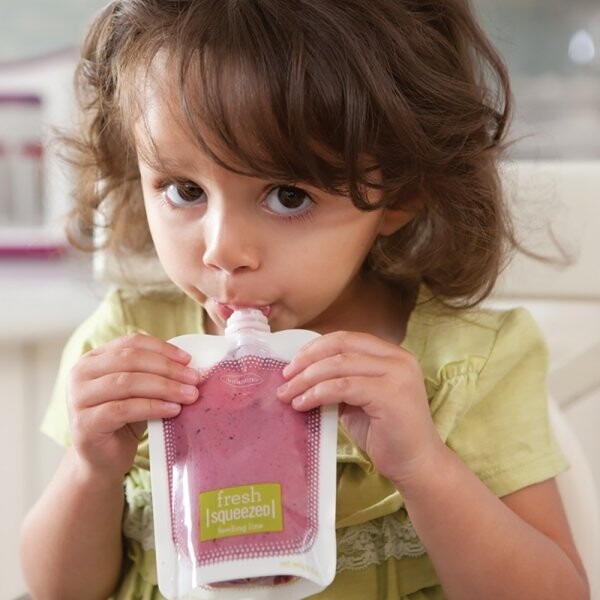 You should not look for a magical way to lose weight without doing anything.
You should not look for a magical way to lose weight without doing anything.
— It often happens that people drink juices to lose weight. Especially willingly believe that acidic juices (pineapple, orange and grapefruit) burn fat. But this is nonsense. This is simply illiterate, says certified dietitian-nutritionist Igor Mormil. - Let's say you eat a thousand calories on juice alone. It is likely that the weight will go away, but it is very dangerous for health. Plus, calories are different calories. That is, either we will eat some cereals (the same buckwheat) for 1000-1500 calories, or we will, roughly speaking, drink sugar. Naturally, the quality of the body, the quality of the figure will be completely different.
Igor Mormil is a certified dietician-nutritionist, trainer of the highest category, lecturer at the Ural Institute of Fitness.
Do not drink fruit juice on an empty stomach. Amino acids in its composition irritate the lining of the stomach, lead to gastritis and ulcers.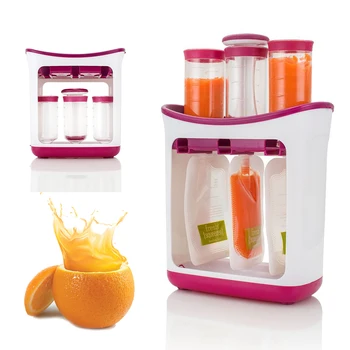 In addition, juice, even freshly squeezed, cannot replace a full breakfast. So it is better to drink it on a full stomach. And not only in the morning, but always.
In addition, juice, even freshly squeezed, cannot replace a full breakfast. So it is better to drink it on a full stomach. And not only in the morning, but always.
Even fresh juice cannot replace breakfast
Photo: Alexandra Savelyeva / 76.RU
Share
— Many juices tend to irritate the gastric mucosa and increase the acidity of gastric juice. According to my fellow clinical nutritionists, many raw foodists begin to complain of heartburn. These people drink freshly squeezed juices in large quantities, eat fruits, - says Igor Mormil. - They start having problems with their gums, because our body is simply not adapted to the intake of such a large amount of fiber. There are norms. Should not be abused.
Forget it. Nutritionists did not give any recommendations to give juices to children. On the contrary, it is rather a harmful product that should be limited not only to kids, but also to schoolchildren.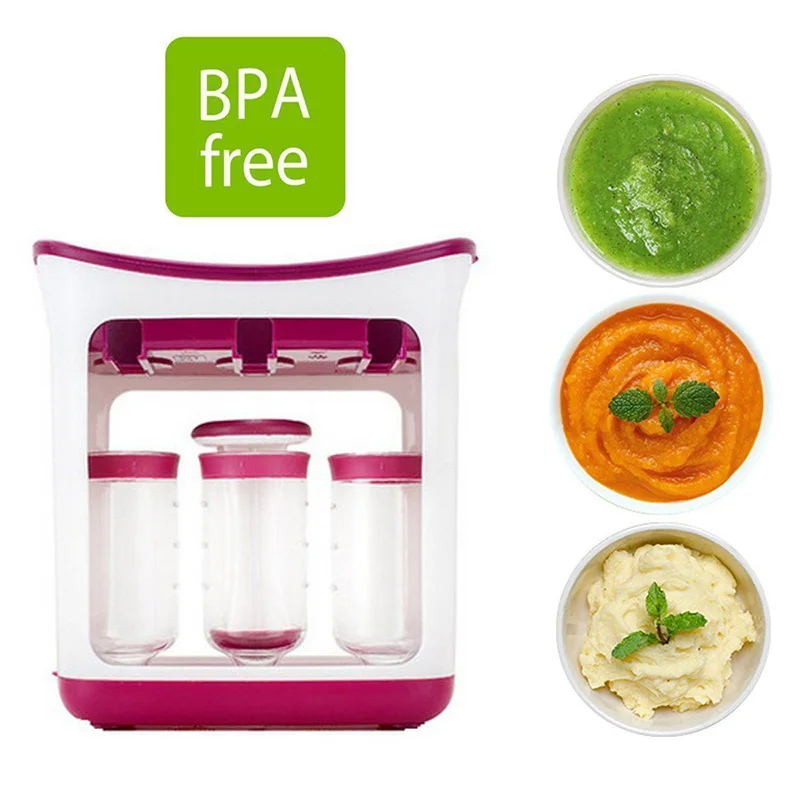 The only reason producers register their juices as baby food is because the VAT rate is lower than the rest. And the procedure for state registration for juices “from the age of three” is simpler. On the other hand, manufacturers, putting age marking, still take on some responsibilities.
The only reason producers register their juices as baby food is because the VAT rate is lower than the rest. And the procedure for state registration for juices “from the age of three” is simpler. On the other hand, manufacturers, putting age marking, still take on some responsibilities.
It is better for children to drink water than juices
Photo: Roman Danilkin / 63.RU
, and abroad. The only exceptions are some natural supplements. For example, natural fruit flavors obtained using a special technology in the preparation of concentrated juices, as well as citric and ascorbic acids, explains dietitian Irina Borodina.
Irina Borodina — candidate of sciences, therapist of the 1st category, graduated from the Ural State Medical Academy, in the profession since 2013.
The best source of fluid for a child is water. And the sweet taste of juices can lead to the formation of the wrong taste preferences in a child and the rejection of unsweetened foods. The WHO recommendations for complementary foods do not contain fruit juices, for children 7–12 months of age, “chopped raw fruits and vegetables (for example, banana, melon, tomato)” appear.
The WHO recommendations for complementary foods do not contain fruit juices, for children 7–12 months of age, “chopped raw fruits and vegetables (for example, banana, melon, tomato)” appear.
The popular "sugar-free" label misleads consumers. Firstly, all juices are produced without added sugar.
— Deleted the term "juice with sugar" in accordance with current terminology. If sugar is added to fruit juice, then such a product is referred to as nectar, explains Irina Borodina. - We must remember that packaged juices contain a large amount of sugar, fruit juice is a product with a high glycemic index, the frequent use of which leads to the development of overweight, which is fraught with corresponding complications.
Any juice contains sugar. Even if the label says otherwise
Photo: Katerina Pustynnikova / 74.RU
Share
sugar in the drink. It remains to rely only on their own receptors.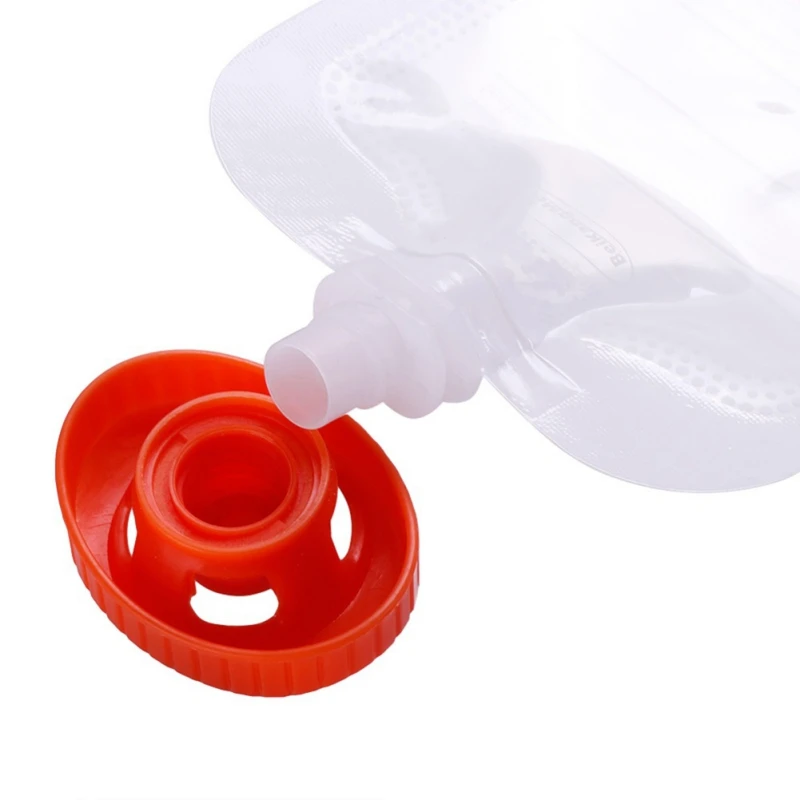
- Every fruit contains fructose. It is a monosaccharide, the same carbohydrate as glucose. The same sucrose, for example, cane sugar, consists of glucose and fructose, two molecules, that is, the so-called disaccharide. Even sour juices are, in any case, sugar, says Igor Mormil.
And by the way, fructose is no healthier than glucose. These are "siblings". If it was once fashionable to replace glucose with fructose, because it is supposedly healthier, experts assure that this is a myth.
Commercially produced fruit juices are as harmful to health as sodas because they often contain the same amount of sugar. This conclusion was made by scientists from the University of Glasgow.
Juice is not much better than sparkling water
Photo: Sergey Syurin / 29.RU
Share
According to researchers, the calorie content and sugar content in packaged juices are almost identical to those in sugary carbonated drinks. In particular, 250 ml of apple juice contains about 110 kcal and 26 grams of sugar, and 250 ml of cola contains 105 kcal and 26.5 grams of sugar. Fruit juices contain vitamins and minerals, but this does not offset the adverse metabolic effects.
In particular, 250 ml of apple juice contains about 110 kcal and 26 grams of sugar, and 250 ml of cola contains 105 kcal and 26.5 grams of sugar. Fruit juices contain vitamins and minerals, but this does not offset the adverse metabolic effects.
- Roughly speaking, packaged juice and Coca-Cola - one thing is rubbish, another. Just from different angles. In cola of the same vitamins 0.0, in juices it approaches zero. Not to say that there are a lot of them, - emphasizes Igor Mormil.
Each juice must be approached wisely and remember the elementary recommendations. For example, drinking large amounts of grapefruit juice can disrupt the heart rhythm, and drinking large amounts of cranberry juice thins the blood and can cause bleeding. And that is not all.
Some people need to be especially careful with juices
Photo: Aleksandra Savelyeva / 76.RU
Share
— Green juices are contraindicated for people taking anticoagulants; orange, apple, lemon juices are contraindicated in gastric ulcer; so-called fresh juices are contraindicated in diseases of the pancreas, it is not recommended to get carried away with juices in case of diabetes, allergic diseases, caries, overweight, - adds Irina Borodina.
Of the entire range of juices, freshly squeezed ones are, of course, the healthiest. But if only it were that simple. The fruits themselves are good. This is not only about vitamins, but also about increasing the amount of fiber and reducing the number of carbohydrates, protein and fats in the diet. Nutrients for which everyone praises fruits are found mainly in the peel and do not get into the juice. Instead, you will get sugar water with some vitamins, no more.
- Fresh juice is simply a product that does not contain any preservatives. If, for example, we take juice in boxes and freshly squeezed juice, then we need to choose the lesser of two evils. But with all this, there is no fiber left. Perhaps there is a little of it in the pulp, but the minimum doses. A person still needs to eat enough fiber. In the usual food protocol, the average layman has an extremely big drawback, - says Igor Mormil.
It's better to eat a whole fruit than to juice it
Learn more
- What foods cause gas in babies

- What to feed baby after stomach bug

- What are the best solid foods to start baby on

- Baby spewing after feeding

- Baby breakfast food 8 months

- Baby net food feeder

- Food for 2years baby

- Best food for baby with upset tummy

- How often do you have to feed baby chicks

- Can you mix baby food with formula in a bottle
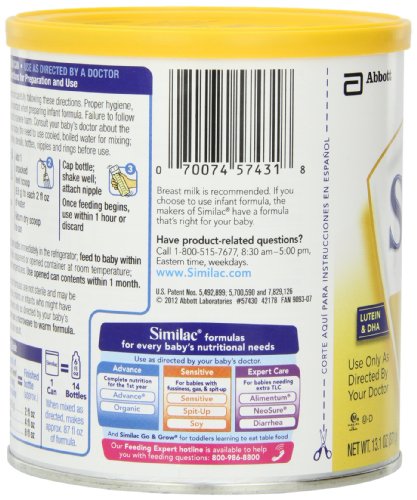
- High allergy food for babies
